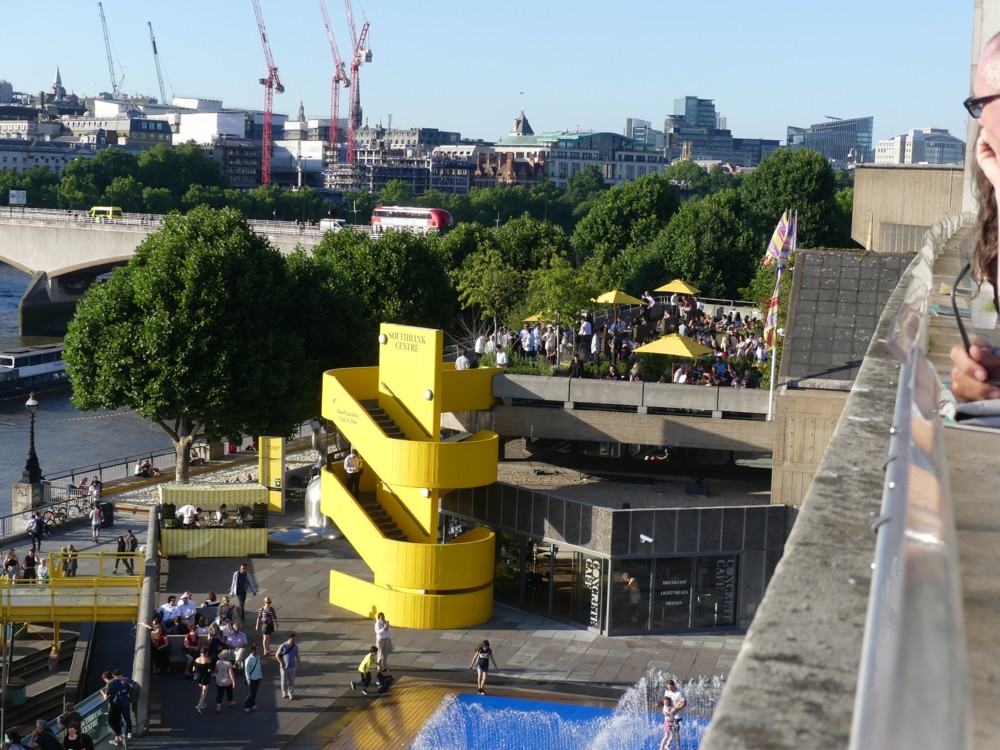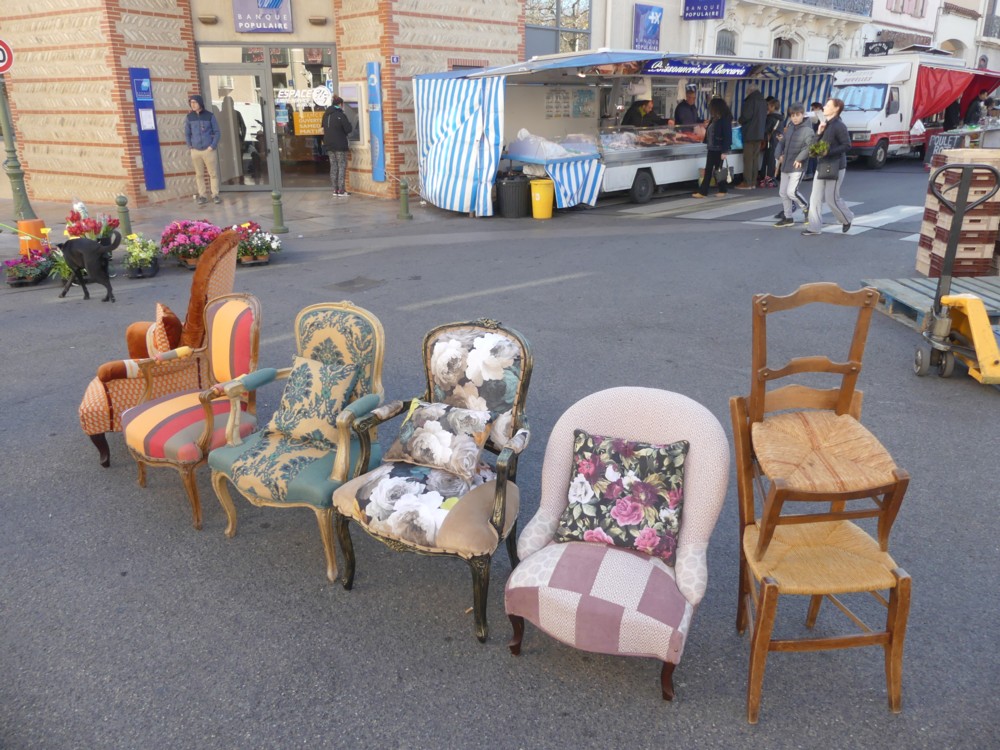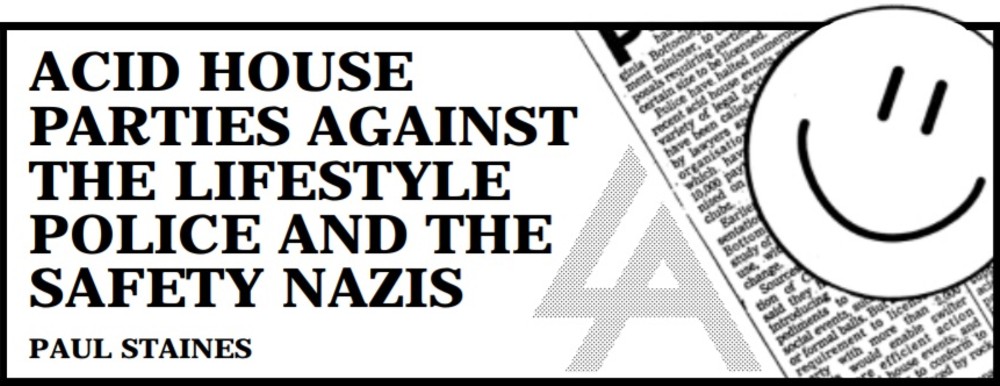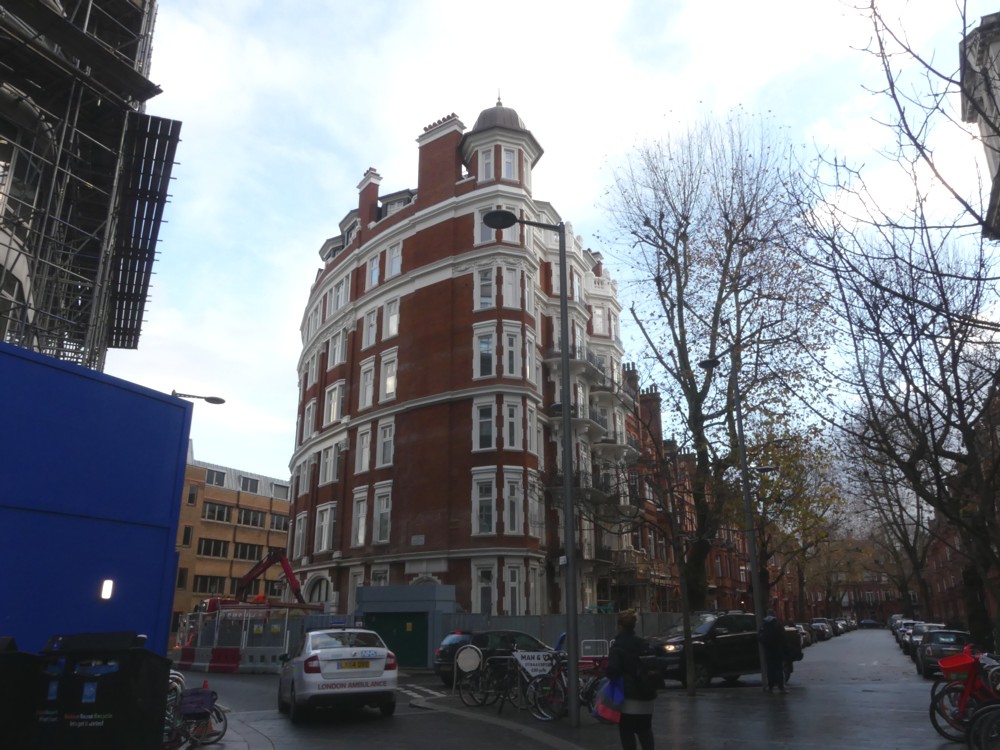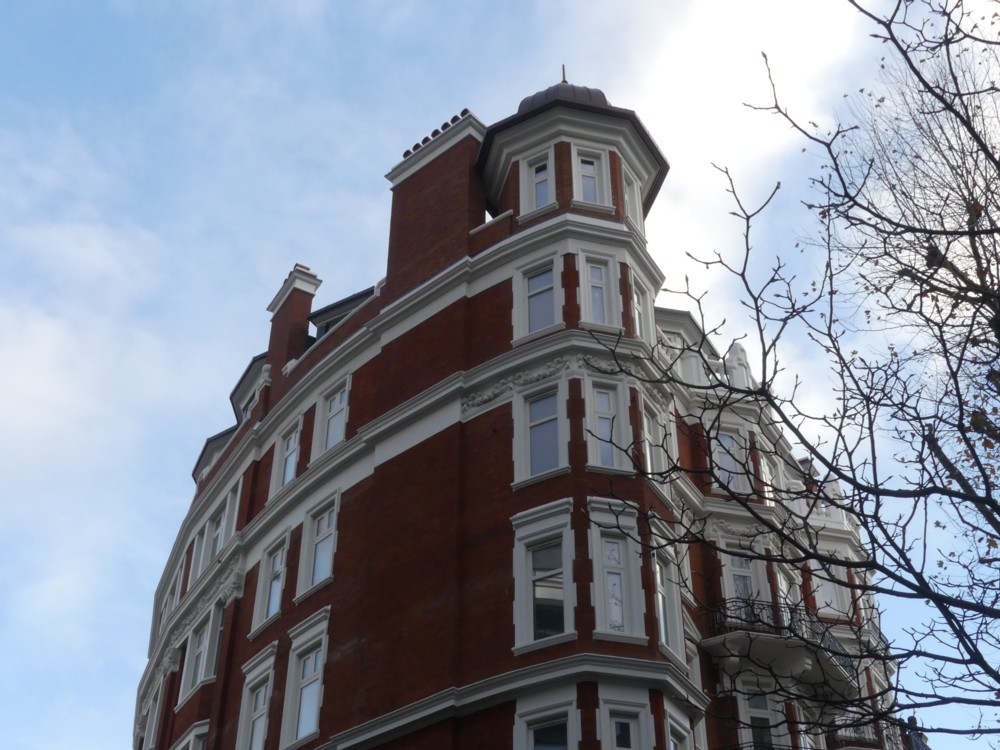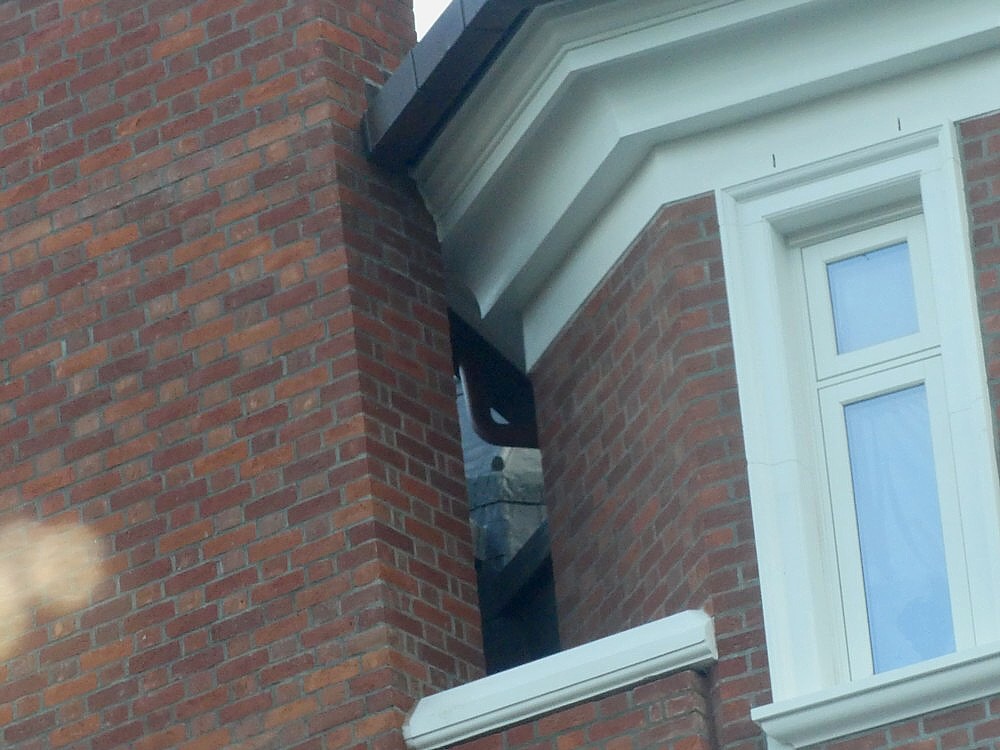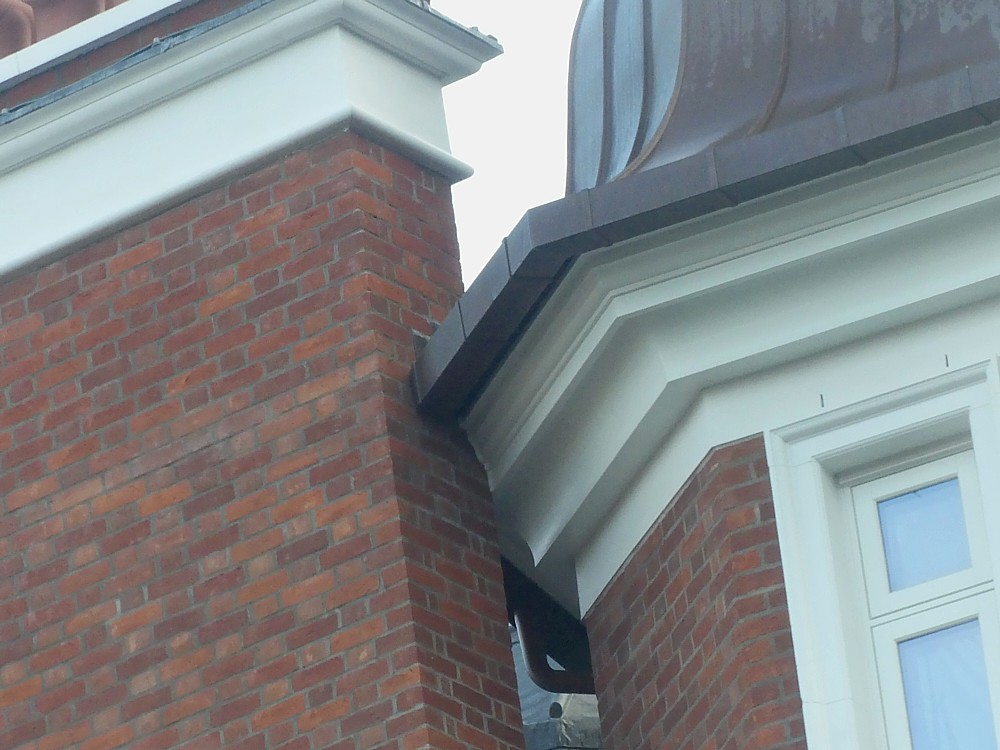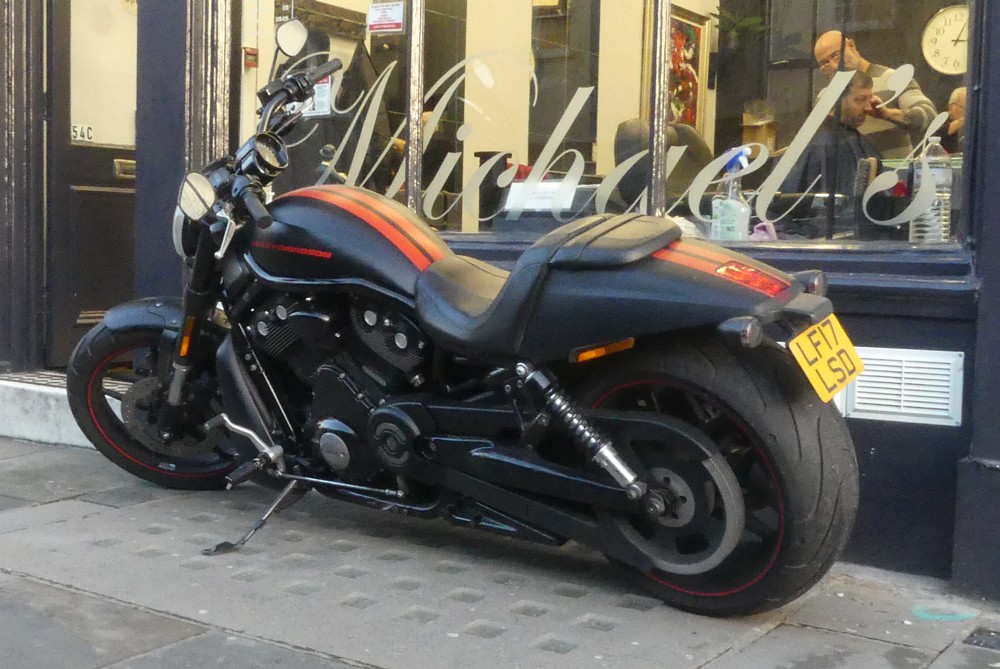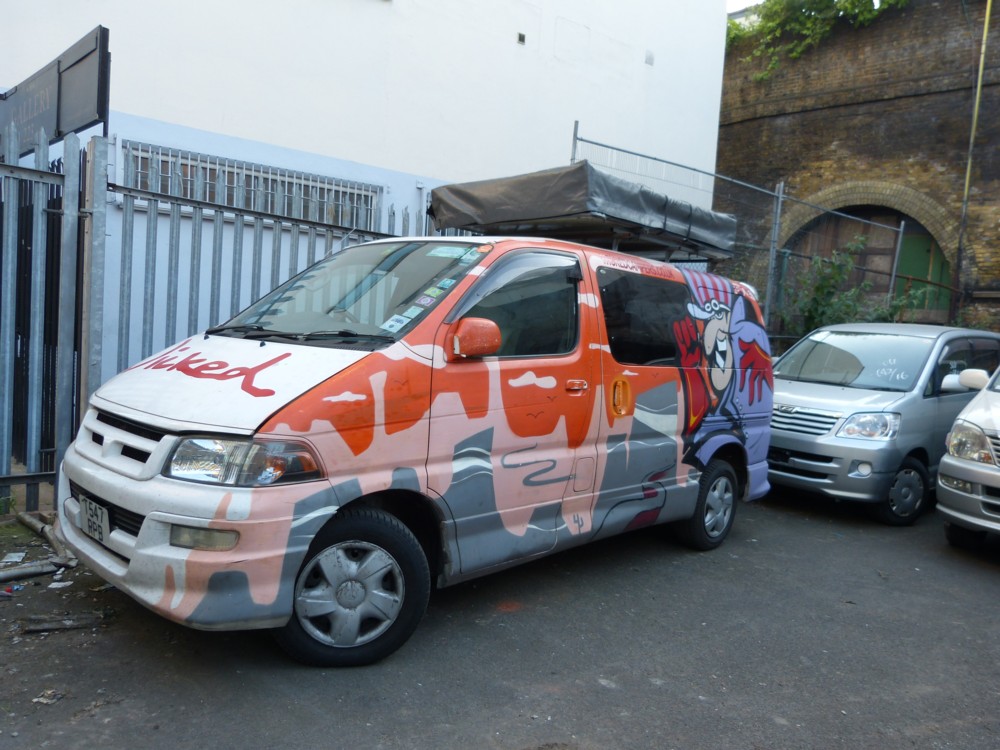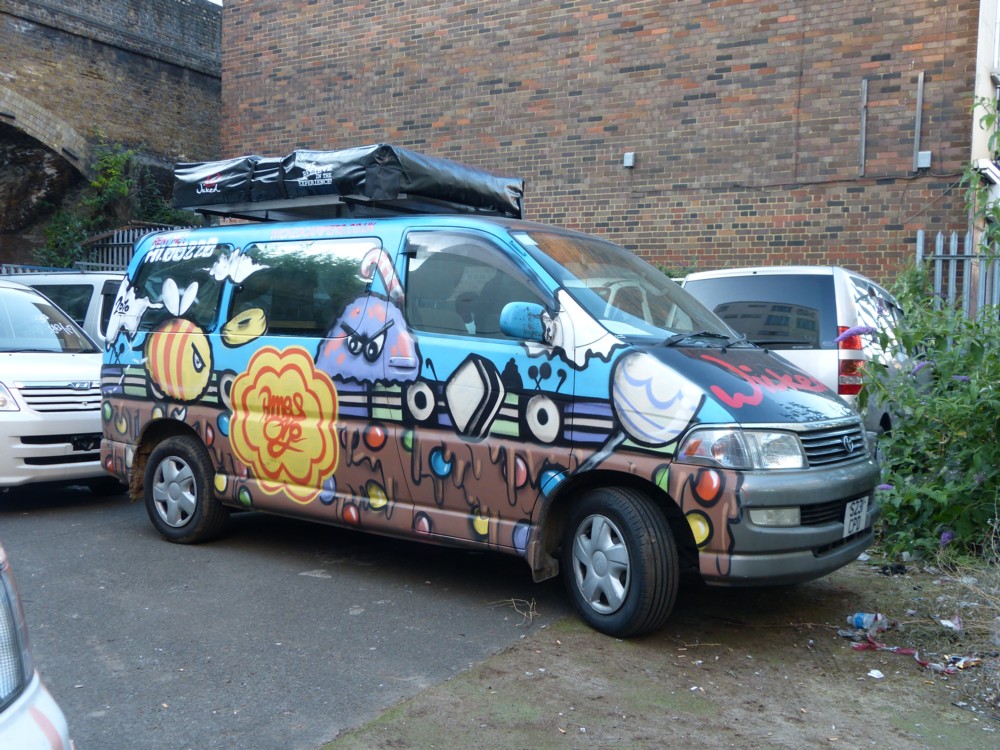Tell ’em what you’re going to say, tell ’em, tell ’em what you said. I believe that’s the formula that many preachers follow when they give their sermons. The bit from a book below is from the “tell ’em what you’re going to say” bit, in other words the Introduction (pp. 8-11), of Steven Johnson’s Wonderland, which I ordered from Amazon back in October, and am now starting to dip into:
Delight is a word that is rarely invoked as a driver of historical change. History is usually imagined as a battle for survival, for power, for freedom, for wealth. At best, the world of play and amusement belongs to the side bars of the main narrative: the spoils of progress, the surplus that civilizations enjoy once the campaigns for freedom and affluence have been won. But imagine you are an observer of social and technological trends in the second half of the eighteenth century, and you are trying to predict the truly seismic developments that would define the next three centuries. The programmable pen of Jaquet-Droz’s Writer – or Merlin’s dancer and her “irresistible eyes” – would be as telling a clue about that future as anything happening in Parliament or on the battlefield, foreshadowing the rise of mechanized labor, the digital revolution, robotics, and artificial intelligence.
This book is an extended argument for that kind of clue: a folly, dismissed by many as a mindless amusement, that turns out to be a kind of artifact from the future. This is a history of play, a history of the pastimes that human beings have concocted to amuse themselves as an escape from the daily grind of subsistence. This is a history of what we do for fun. One measure of human progress is how much recreational time many of us now have, and the immensely varied ways we have of enjoying it. A time-traveler from five centuries ago would be staggered to see just how much real estate in the modern world is devoted to the wonderlands of parks, coffee shops, sports arenas, shopping malls, IMAX theaters: environments specifically designed to entertain and delight us. Experiences that were once almost exclusively relegated to society’s elites have become commonplace to all but the very poorest members of society. An average middle-class family in Brazil or Indonesia takes it for granted that their free time can be spent listening to music, marveling at elaborate special effects in Hollywood movies, shopping for new fashions in vast palaces of consumption, and savoring the flavors of cuisines from all over the world. Yet we rarely pause to consider how these many luxuries came to be a feature of everyday life.
History is mostly told as a long fight for the necessities, not the luxuries: the fight for freedom, equality, safety, self-governance. Yet the history of delight matters, too, because so many of these seemingly trivial discoveries ended up triggering changes in the realm of Serious History. I have called this phenomenon “the hummingbird effect”: the process by which an innovation in one field sets in motion transformations in seemingly unrelated fields. The taste for coffee helped create the modern institutions of journalism; a handful of elegantly decorated fabric shops helped trigger the industrial revolution. When human beings create and share experiences designed to delight or amaze, they often end up transforming society in more dramatic ways than people focused on more utilitarian concerns. We owe a great deal of the modern world to people doggedly trying to solve a high-minded problem: how to construct an internal combustion engine or manufacture vaccines in large quantities. But a surprising amount of modernity has its roots in another kind of activity: people mucking around with magic, toys, games, and other seemingly idle pastimes. Everyone knows the old saying “Necessity is the mother of invention,” but if you do a paternity test on many of the modern world’s most important ideas or institutions, you will find, invariably, that leisure and play were involved in the conception as well.
Although this account contains its fair share of figures like Charles Babbage – well-to-do Europeans tinkering with new ideas in their parlors – it is not just a story about the affluent West. One of the most intriguing plot twists in the story of leisure and delight is how many of the devices or materials originated outside of Europe: those mesmerizing automata from the House of Wisdom, the intriguing fashions of calico and chintz imported from India, the gravity-defying rubber balls invented by Mesoamericans, the clove and nutmeg first tasted by remote Indonesian islanders. In many ways, the story of play is the story of the emergence of a truly cosmopolitan worldview, a world bound together by the shared experiences of kicking a ball around on a field or sipping a cup of coffee. The pursuit of pleasure turns out to be one of the very first experiences to stitch together a global fabric of shared culture, with many of the most prominent threads originating outside Western Europe.
I should say at the outset that this history deliberately excludes some of life’s most intense pleasures-including sex and romantic love. Sex has been a central force in human history; without sex, there is no human history. But the pleasure of sex is bound up in deep-seated biological drives. The desire for emotional and physical connections with other humans is written into our DNA, however complex and variable our expression of that drive may be. For the human species, sex is a staple, not a luxury. This history is an account of less utilitarian pleasures; habits and customs and environments that came into being for no apparent reason other than the fact that they seemed amusing or surprising. (In a sense, it is a history that follows Brian Eno’s definition of culture as “all the things we don’t have to do.”) Looking at history through this lens demands a different emphasis on the past: exploring the history of shopping as a recreational pursuit instead of the history of commerce writ large; following the global path of the spice trade instead of the broader history of agriculture and food production. There are a thousand books written about the history of innovations that came out of our survival instincts. This is a book about a different kind of innovation: the new ideas and technologies and social spaces that emerged once some of us escaped from the compulsory labor of subsistence.
The centrality of play and delight does not mean that these stories are free of tragedy and human suffering. Some of the most appalling epochs of slavery and colonization began with a new taste or fabric developing a market, and unleashed a chain of brutal exploitation to satisfy that market’s demands. The quest for delight transformed the world, but it did not always transform it for the better.

